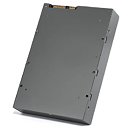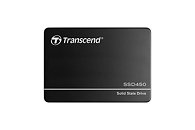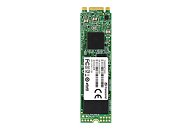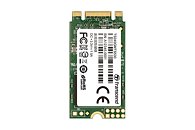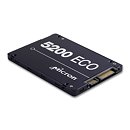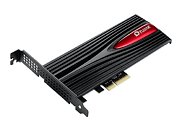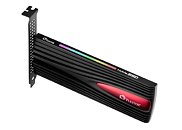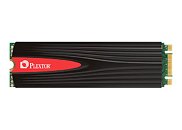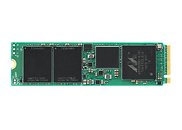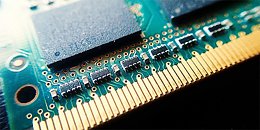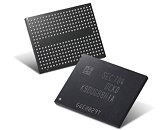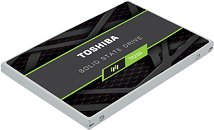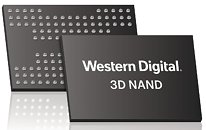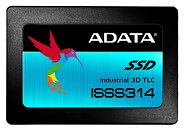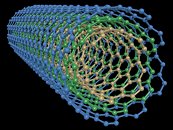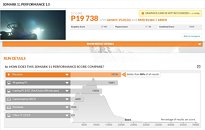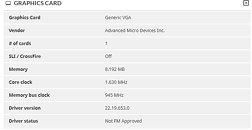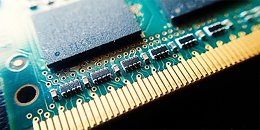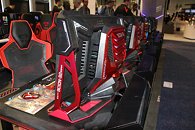
Western Digital Introduces New Black 3D NVMe SSD
PC gaming is increasingly immersive, with richer and more intense visual content than ever before, and gamers are faced with making technology choices to maximize their experience. To push leading-edge performance, lower power consumption and extended durability for PC gaming systems, Western Digital Corporation today introduced a high-performance Western Digital Black 3D NVMe SSD featuring the company's own SSD architecture and controller. The drive accelerates data for PC applications to enable users to quickly, access, engage and capture today's high-resolution video, audio and gaming content.
With growing demand for rich content, PCs must have the capability to run intensive applications and enable the 4K/Ultra HD graphics and video content experiences. To move this immense amount of data quickly and seamlessly, Western Digital developed a new breed of SSDs to help remove the traditional storage bottleneck. This M.2 drive features a new NVMe architecture and controller, which optimally integrates with Western Digital 3D NAND. Western Digital's new vertically integrated SSD platform was engineered from the ground up, specifically architected to help maximize performance for NVMe SSDs, with advanced power management, durability and endurance for the growing range of applications benefiting from NVMe technology.
With growing demand for rich content, PCs must have the capability to run intensive applications and enable the 4K/Ultra HD graphics and video content experiences. To move this immense amount of data quickly and seamlessly, Western Digital developed a new breed of SSDs to help remove the traditional storage bottleneck. This M.2 drive features a new NVMe architecture and controller, which optimally integrates with Western Digital 3D NAND. Western Digital's new vertically integrated SSD platform was engineered from the ground up, specifically architected to help maximize performance for NVMe SSDs, with advanced power management, durability and endurance for the growing range of applications benefiting from NVMe technology.



